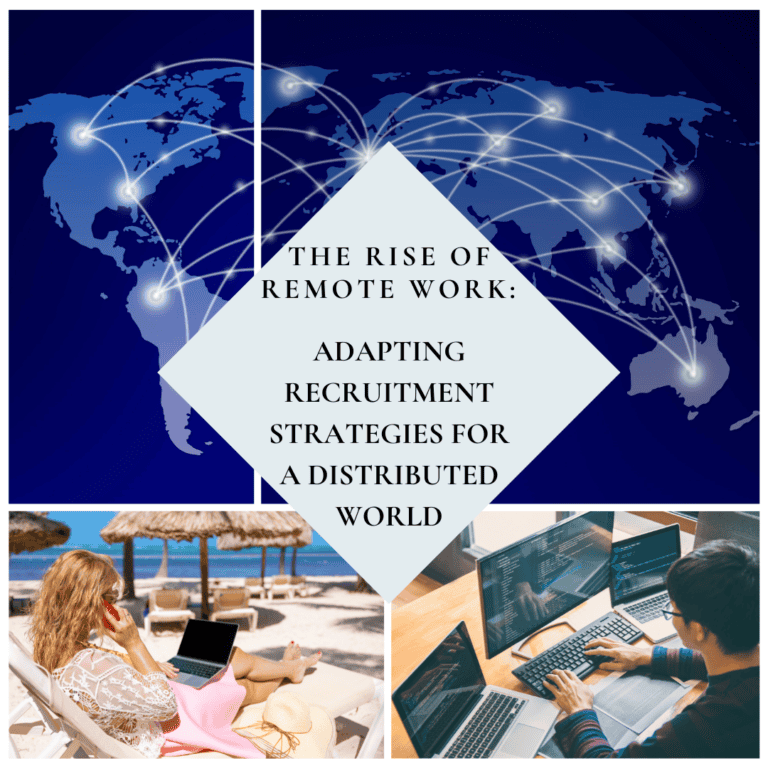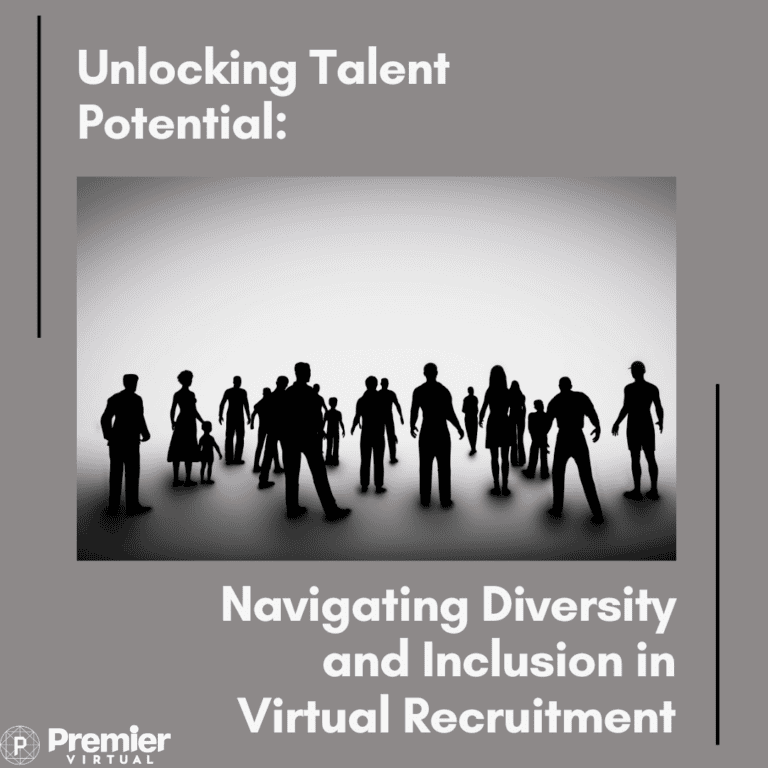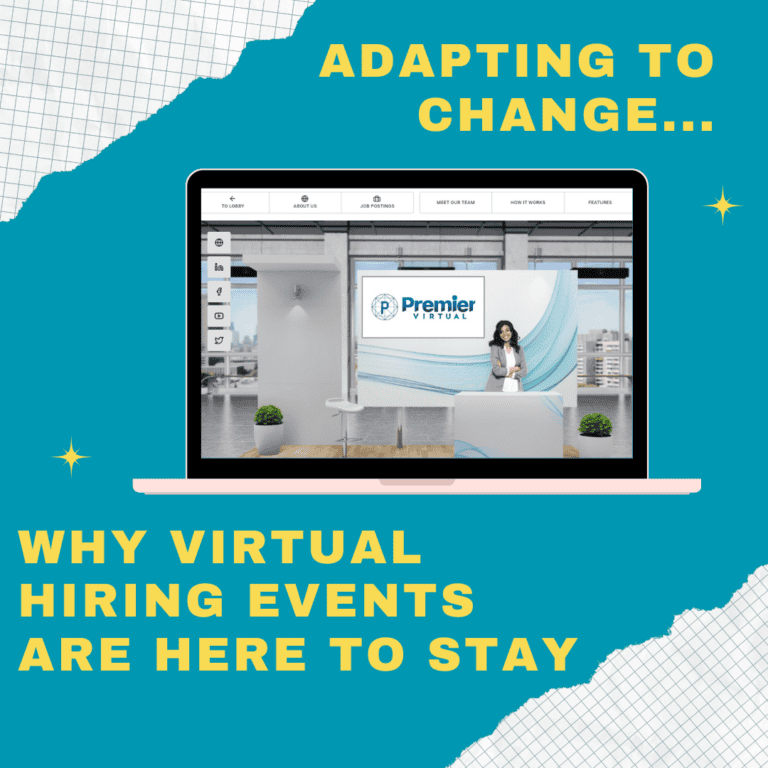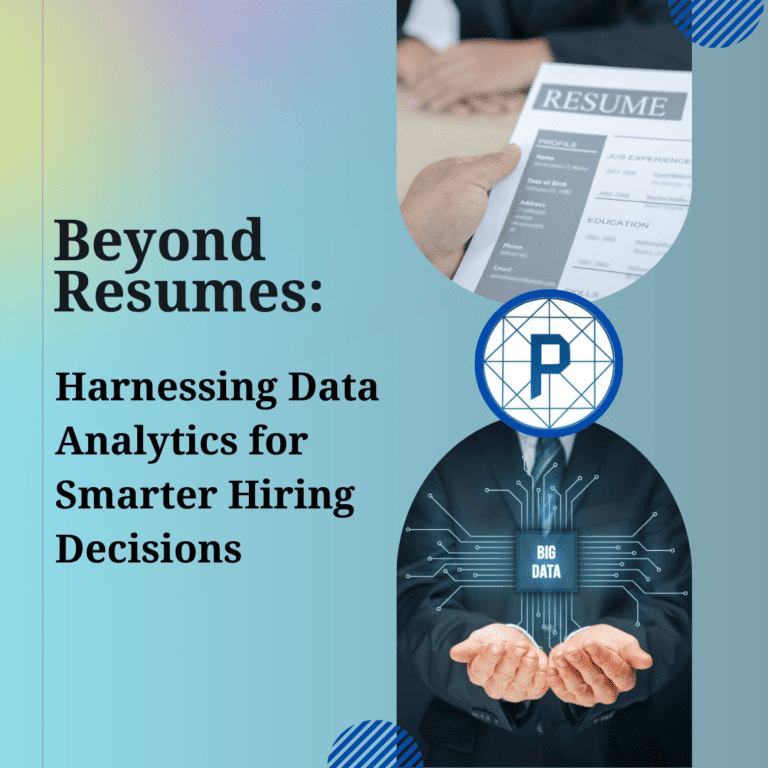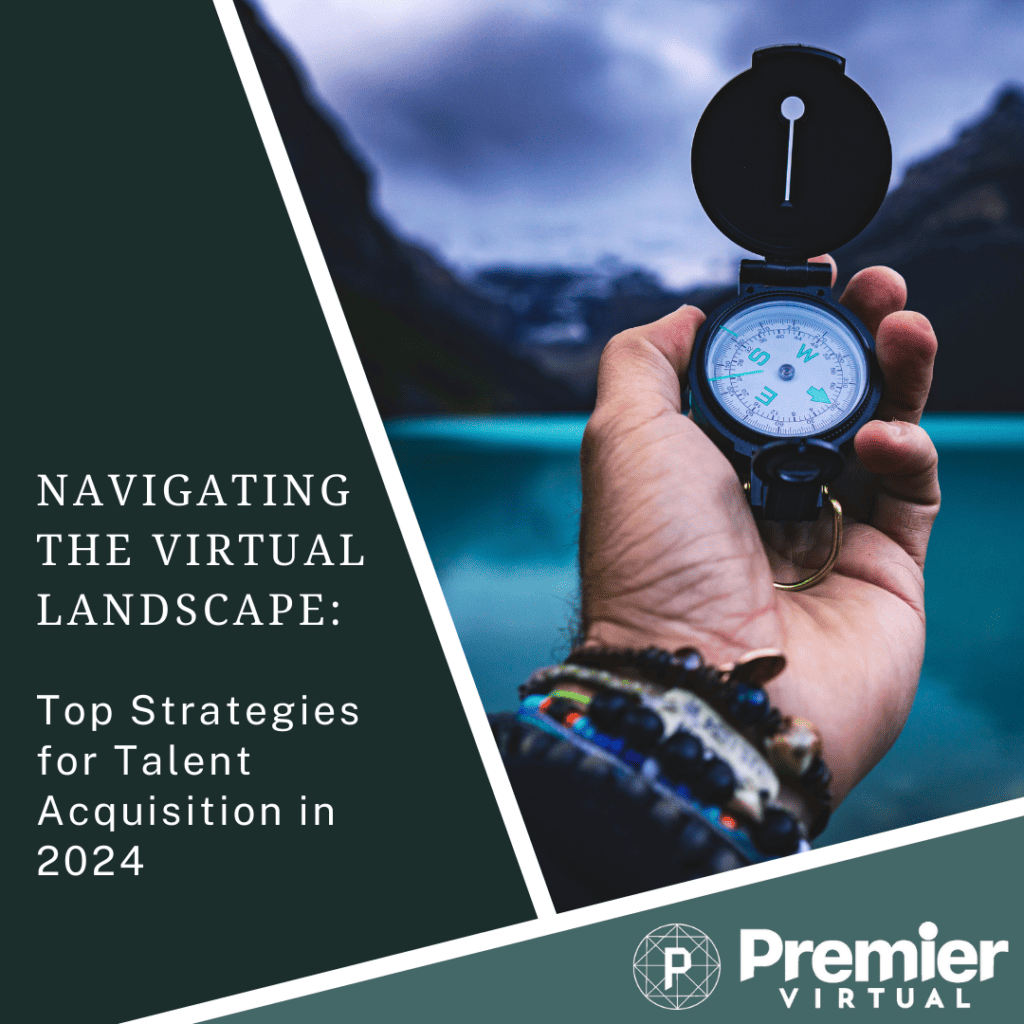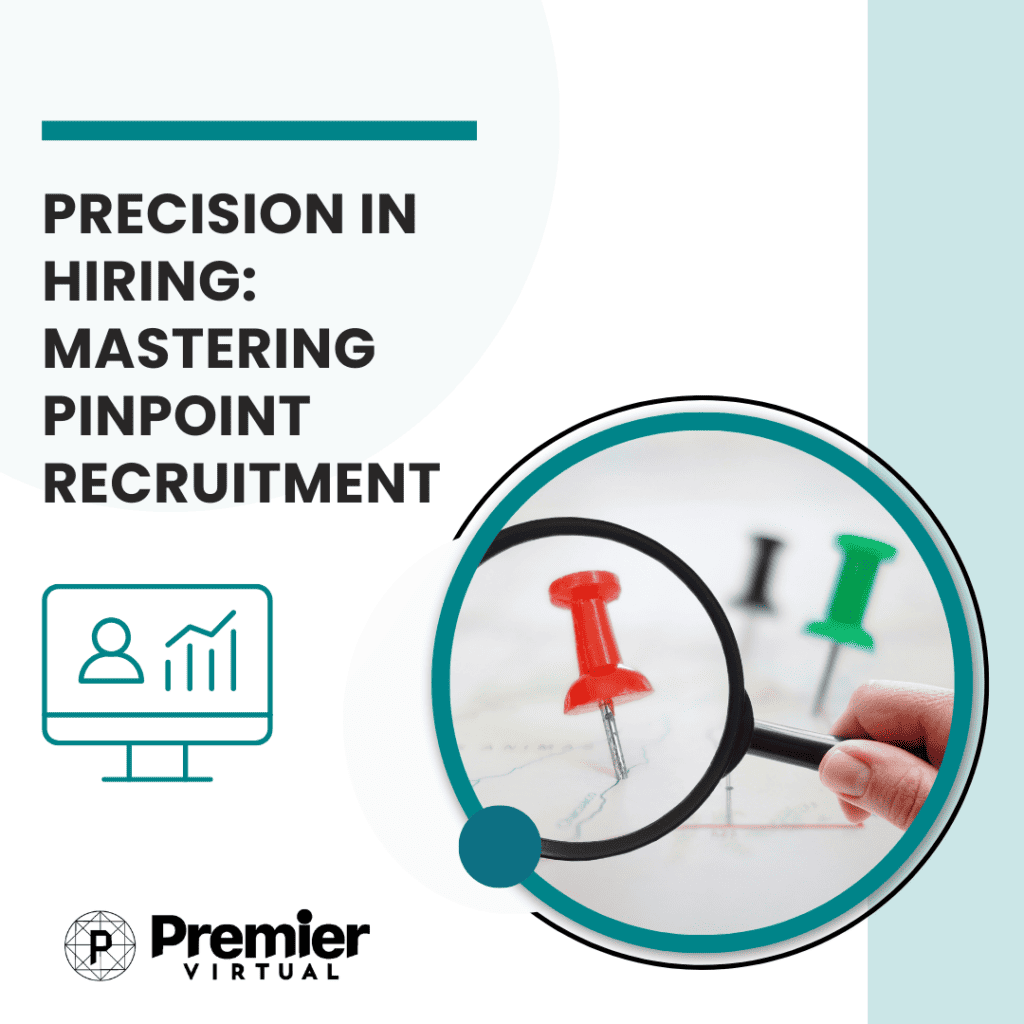How AI is Transforming Corporate Recruitment: Strategies and Implications
Gary Chambers
on
May 2, 2024
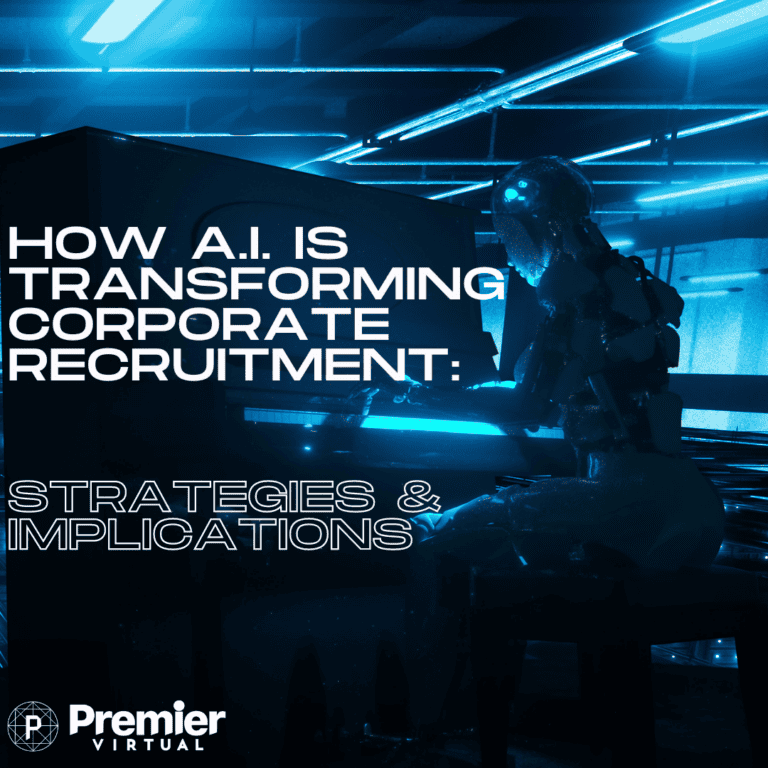
The rapid integration of Artificial Intelligence (AI) in various sectors is undeniable, and corporate recruitment is no exception. AI’s emergence in this field is revolutionizing the way companies approach hiring, making processes more efficient while also posing new challenges and ethical considerations. This article delves into the ways AI is reshaping recruitment, outlines key strategies employed by companies, and discusses the broader implications of this technological shift.
Enhancing Efficiency in Recruitment
One of the most significant impacts of AI in recruitment is the increase in efficiency it brings to the hiring process. AI-powered tools can automate repetitive tasks such as sorting through resumes and scheduling interviews, which traditionally consume a considerable amount of a recruiter’s time. For instance, AI systems can quickly analyze thousands of resumes to identify candidates whose skills and experience match specific job requirements, significantly speeding up the initial screening process.
Improved Candidate Matching
AI doesn’t just streamline processes; it also improves the quality of candidate-job matching. By leveraging natural language processing and machine learning, AI tools can understand nuances in job descriptions and candidate resumes. This capability enables them to make more accurate matches than traditional keyword-based screening software. As a result, companies are more likely to interview candidates who are better fits for the role, thereby increasing the likelihood of a successful hire.
Reducing Bias and Promoting Diversity
Another key advantage of using AI in recruitment is its potential to reduce human bias. Traditional recruitment processes are often susceptible to unconscious biases that can influence hiring decisions. AI, when properly designed and trained, can make judgments based solely on the merits of candidates’ qualifications and experiences, disregarding factors like race, gender, and age. This objectivity can help companies build more diverse and inclusive workplaces, which have been shown to be more innovative and effective.
AI in Recruitment Strategies
Companies that successfully integrate AI into their recruitment processes often follow several key strategies. These include:
- Training AI with Diverse Data: To ensure AI systems perform effectively and without bias, it is crucial to train them with a diverse set of data. This involves including resumes and job descriptions from various industries, backgrounds, and demographic groups.
- Combining Human and Machine Strengths: While AI can handle many tasks, the human touch is still vital, especially in making final hiring decisions and managing complex interpersonal interactions. Successful strategies often involve using AI for preliminary tasks while reserving more subjective judgments for human recruiters.
- Continuous Monitoring and Updating: AI systems are not set-and-forget tools. They require ongoing monitoring to ensure they remain accurate and fair over time. Companies must regularly update their AI models to adapt to new trends and changes in the job market.
Ethical and Privacy Considerations
The use of AI in recruitment also raises important ethical and privacy concerns. For example, if not properly managed, AI systems can perpetuate existing biases or develop new forms of bias if they are trained on flawed data. Additionally, the collection and analysis of large amounts of personal data by AI systems pose significant privacy risks. Companies must address these concerns transparently, ensuring they comply with legal standards and ethical best practices.
The Future of AI in Recruitment
Looking ahead, AI is set to become even more integral to recruitment. Advancements in AI technologies promise more sophisticated analysis and understanding of candidate data, potentially transforming every aspect of recruitment from sourcing to onboarding. However, as AI capabilities grow, so too does the responsibility on companies to use these tools wisely and ethically.
Conclusion
AI is undeniably transforming corporate recruitment, offering remarkable benefits like enhanced efficiency, improved candidate matching, and the potential for reduced biases. However, these advantages come with the need for careful implementation, constant monitoring, and a commitment to ethical practices. By embracing AI responsibly, companies can not only improve their recruitment processes but also set a standard for innovation and fairness in the era of intelligent technology.



